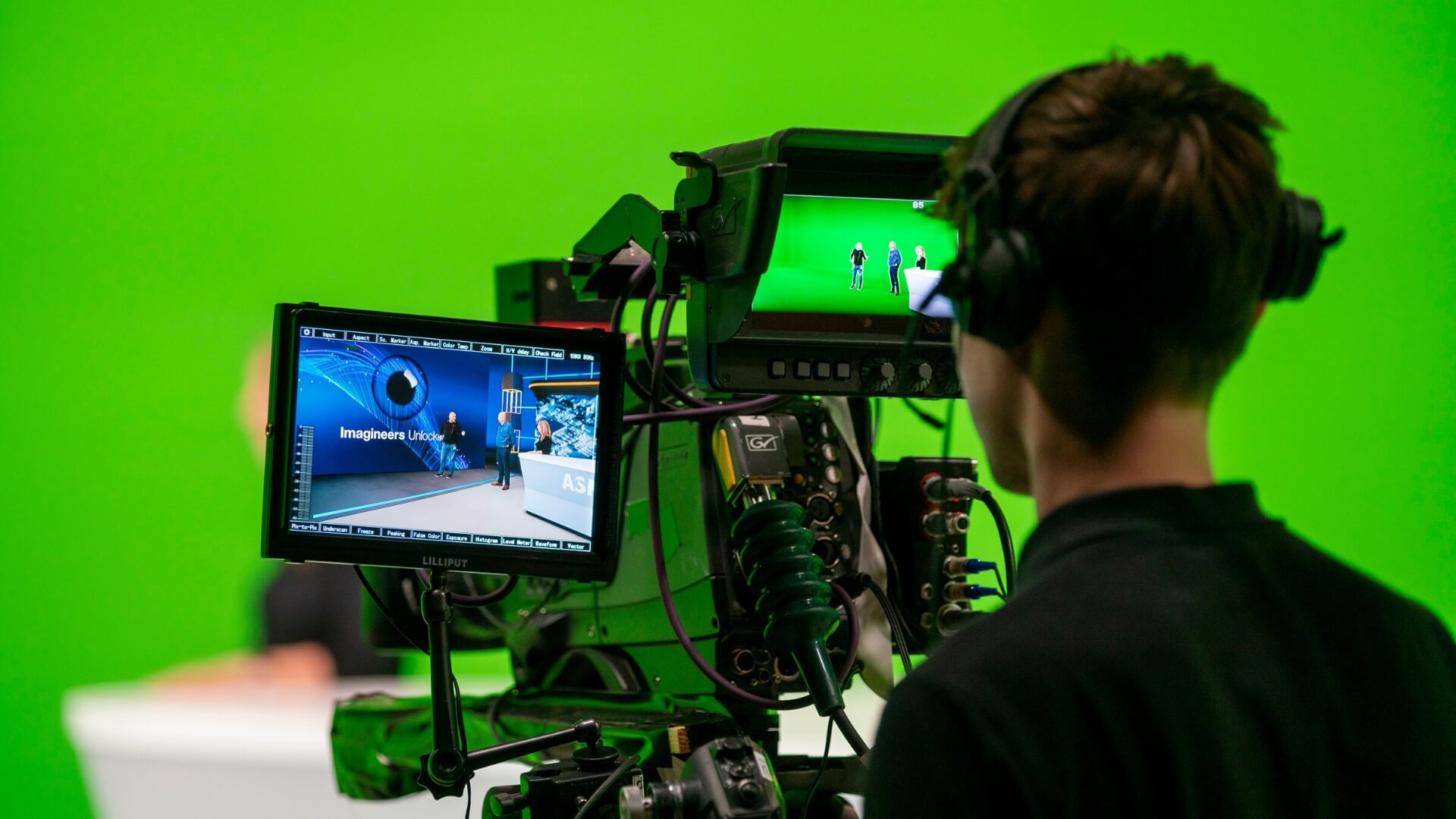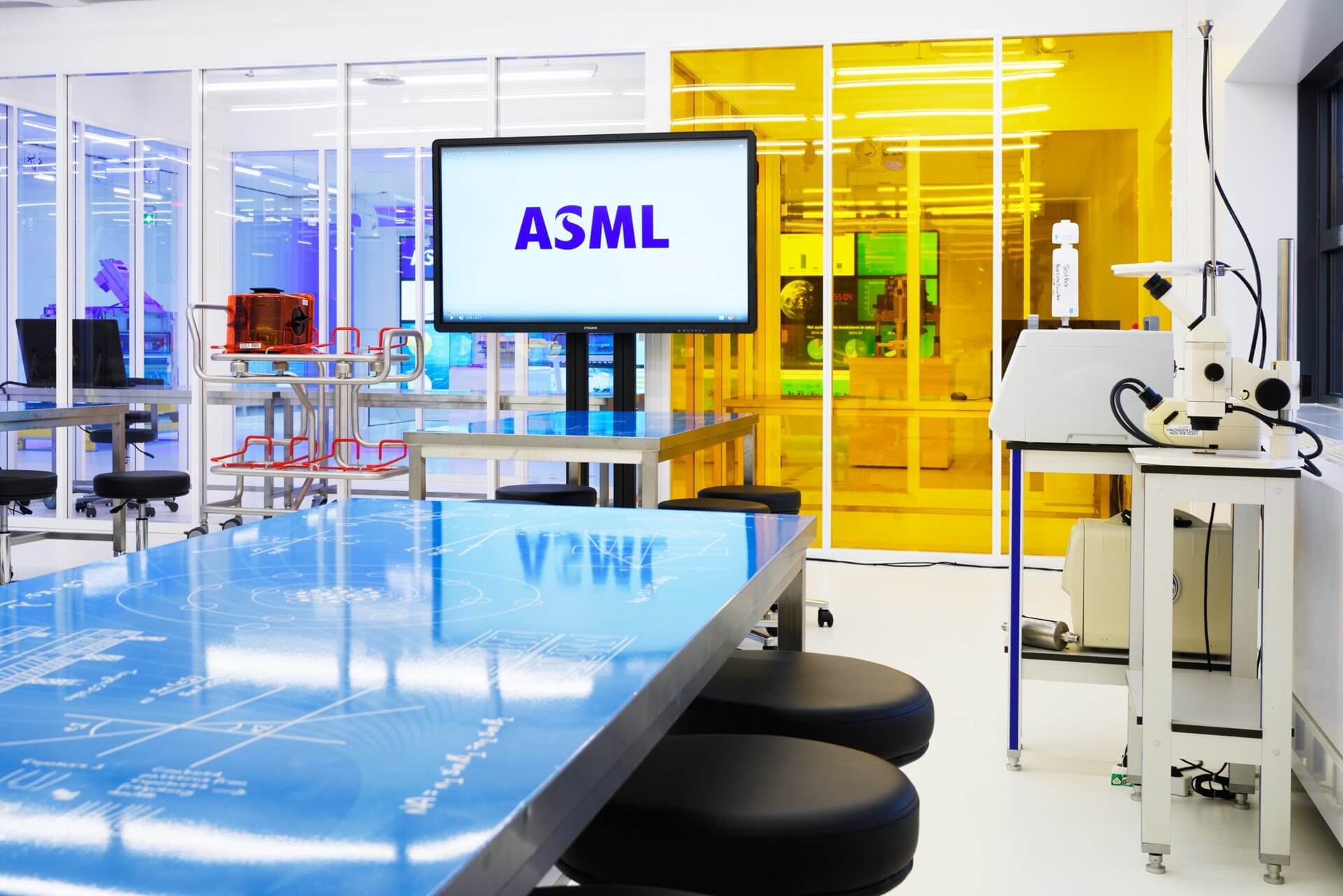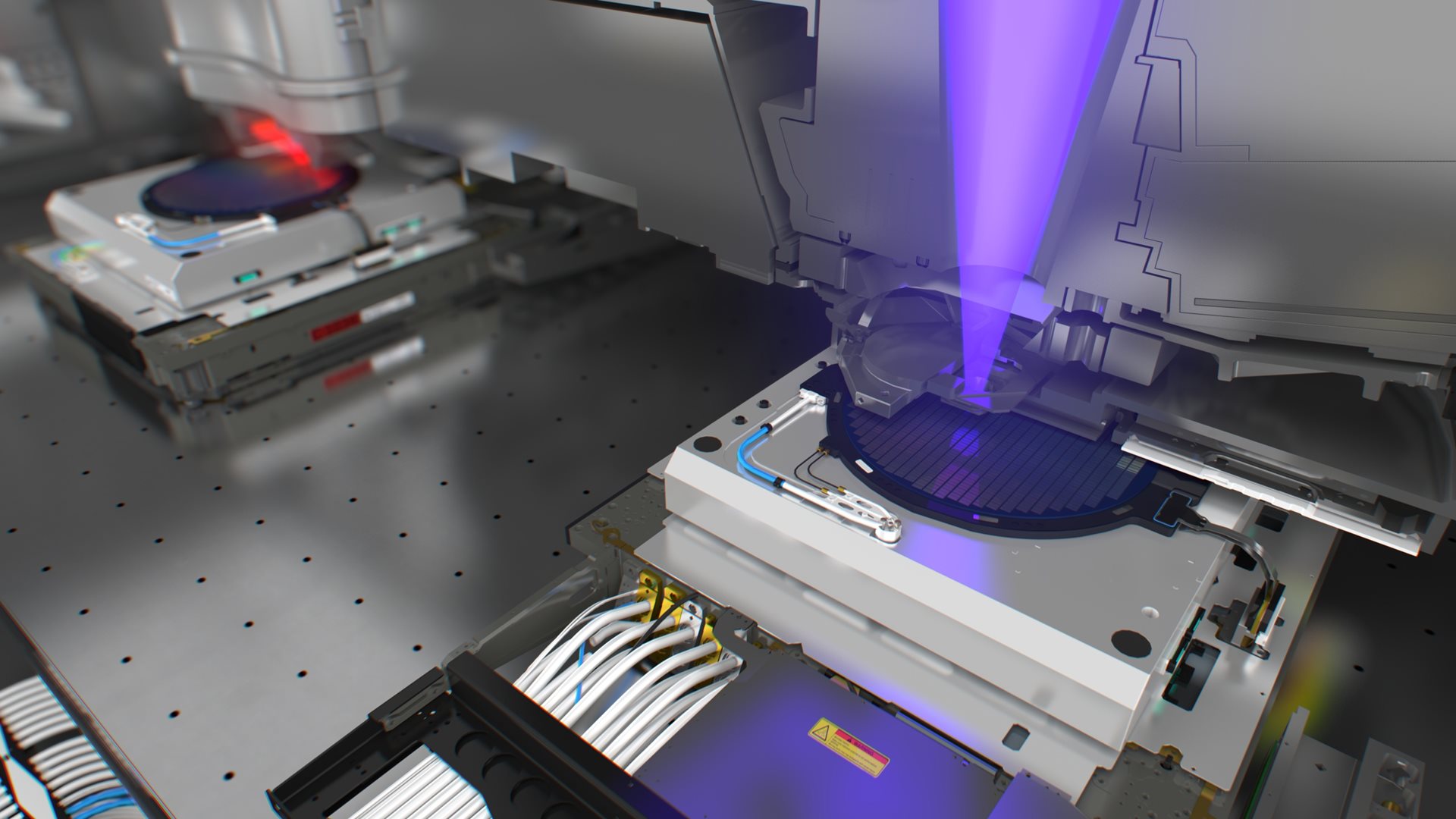Press release - Veldhoven, the Netherlands, September 29, 2015
ASML Holding NV (ASML) today announced the first shipment of its new TWINSCAN NXT:1980Di immersion lithography system to support increasingly demanding multiple-patterning performance requirements. Demonstrating 1.2 nanometer (nm) dedicated chuck overlay and better than 10 nm focus uniformity, the NXT:1980Di features new grid calibrations and hardware that enables chipmakers to achieve tighter process windows for next-generation process nodes. The NXT:1980Di also improves throughput by 10% to 275 wafers per hour.
“Whether our customers face increased process complexity due to multiple patterning or plan to add extreme ultraviolet lithography, an improved level of immersion patterning is required in all leading-edge semiconductor manufacturing environments,” Bert Koek, senior vice president of DUV Product Marketing at ASML, said. “The NXT:1980Di is a major leap forward in overlay, focus control and productivity, providing a cost-effective solution for chipmakers to further extend immersion lithography, and ultimately Moore’s Law.”
In future nodes, chipmakers are expected to use both immersion lithography and next-generation extreme ultraviolet (EUV) lithography, creating additional overlay requirements beyond the standard node-to-node improvements. The NXT:1980Di is specifically designed to accommodate the mix-and-match use with EUV, achieving about 2 nm matched-machine overlay.
The NXT:1980Di is currently available to customers. All TWINSCAN NXT:1970Ci systems can be upgraded in the field to the performance level of an NXT:1980Di. ASML also provides an upgrade path for previous TWINSCAN NXT models to further extend chipmakers’ capital investment. Additionally, as part of a rich portfolio of upgrade options, ASML offers add-on capabilities with the NXT:1980Di to address unique application needs, like a contrast-enhancing alignment sensor to further improve overlay.
About ASML
Forward-looking statements


